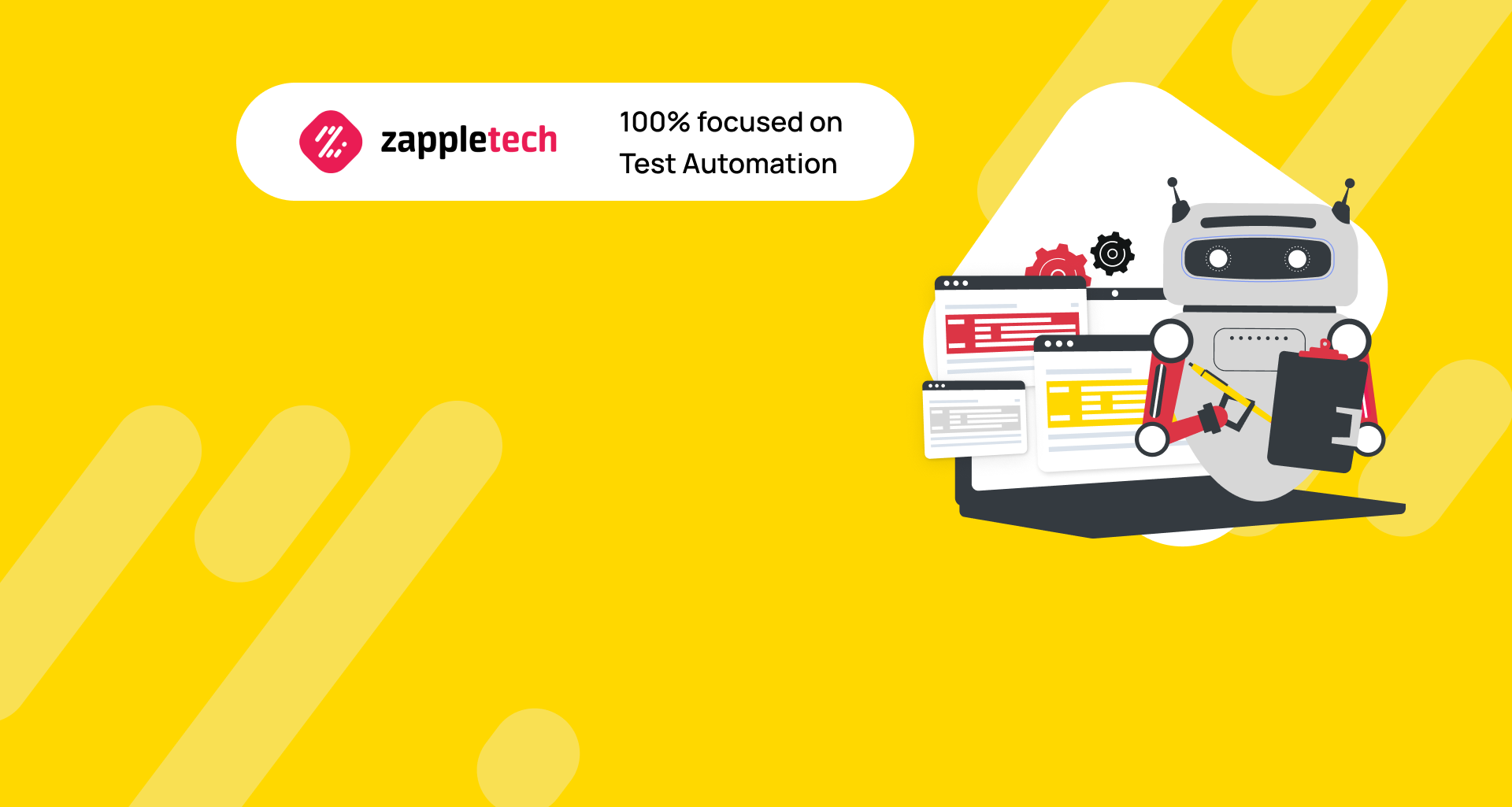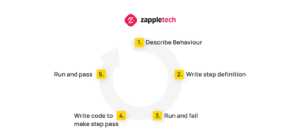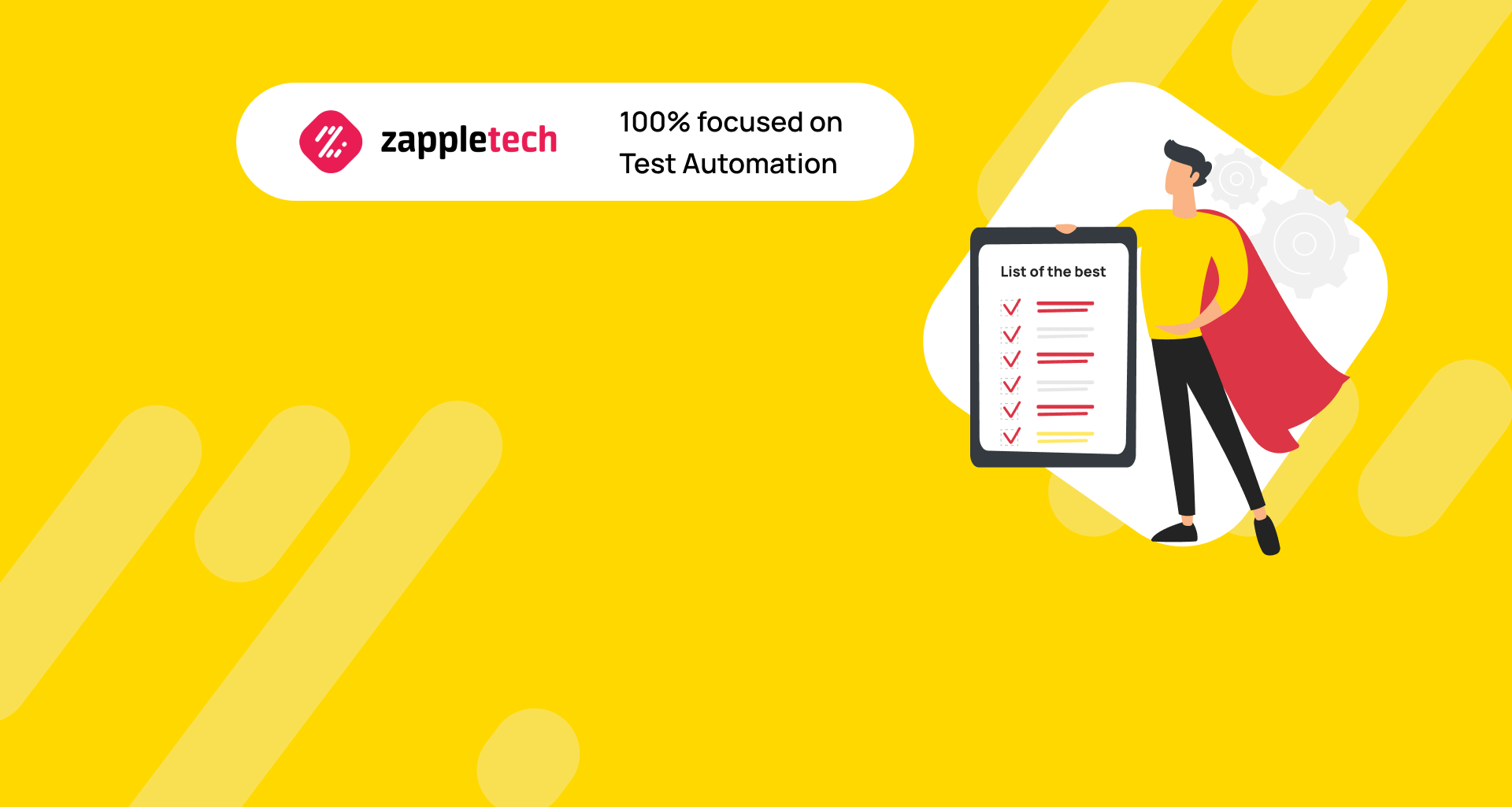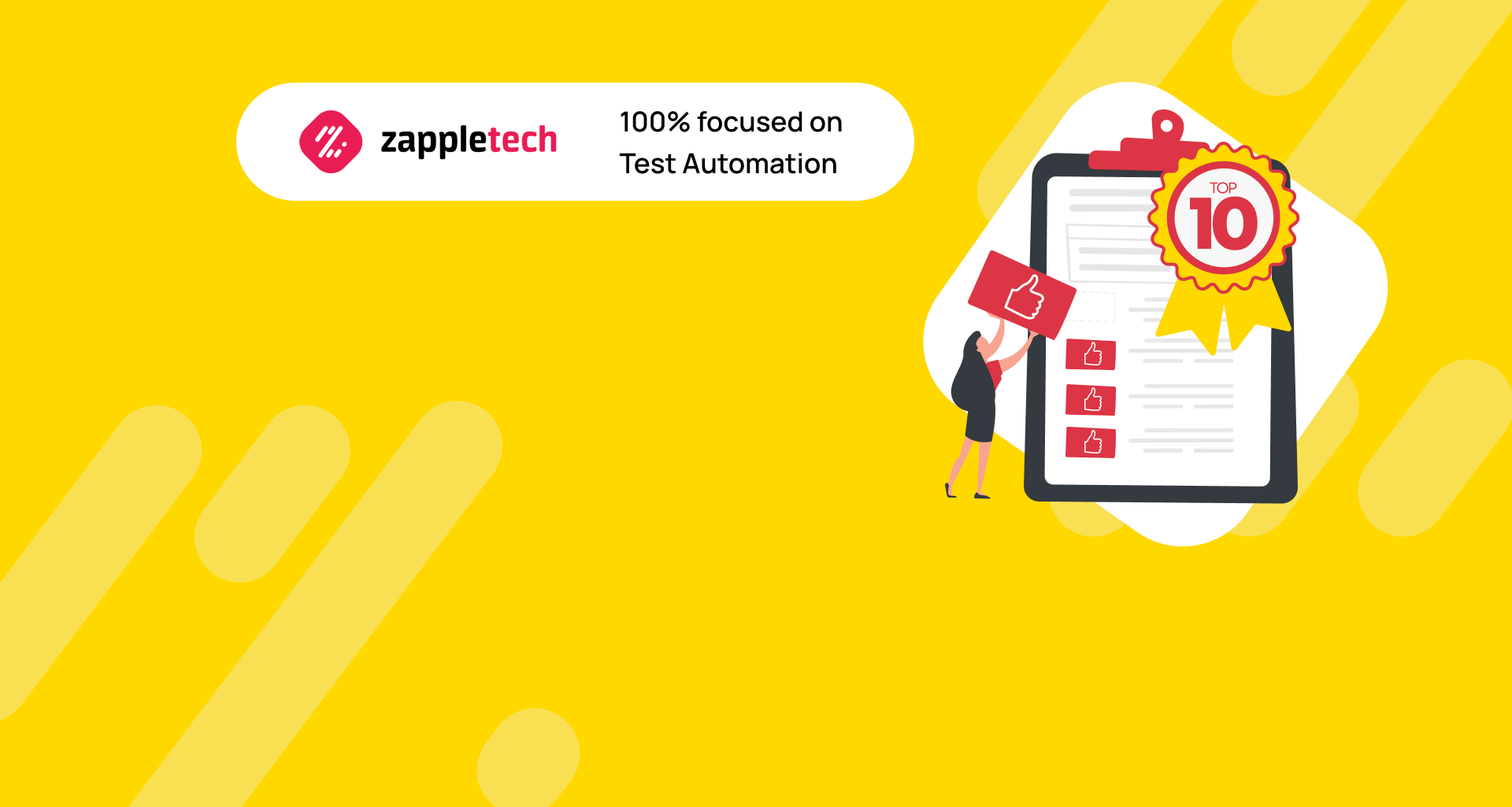Behavior Driven Development (BDD) is a software development methodology that focuses on collaboration among developers, testers, and business stakeholders. This approach helps teams document what the application will do and how it will behave in a clear, concise manner. BDD emphasizes defining the expected behavior of the application from the user’s perspective, which is key to ensuring that the final product meets the user’s needs. By starting with a clear understanding of the expected behavior, BDD ensures that everyone involved is on the same page about what the application should achieve.
One of the primary benefits of Behavior Driven Development is that it bridges the gap between technical and non-technical stakeholders by using a common language, often structured in scenarios that describe the desired behavior in plain English. This makes it easier for developers to implement features correctly and for business stakeholders to validate that the application will fulfill its intended purpose. Additionally, BDD facilitates behavior-driven development testing, which involves writing tests that describe the behavior of the system from the user’s point of view. These tests guide the development process, making it easier to implement and troubleshoot the application as it evolves.
BDD emphasizes collaboration between developers, testers, and non-technical stakeholders. Make sure to involve everyone in creating shared understanding through examples and user stories, which will guide the development process and ensure that the software meets business needs.Mikhail BodnarchukCDO, ZappleTech Inc.
Behavior Driven Development testing not only improves the developer’s understanding of how the application will work but also enhances their ability to translate the planned behavior into reality. It provides a structured framework for defining and validating the expected outcomes, making it easier to identify issues early in the development cycle and reducing the risk of costly bugs later on.
In this blog, we will delve deeper into what behavior-driven development is, explore its numerous benefits for software development, and highlight the tools you can use to implement BDD in your project. From understanding the fundamentals to choosing the right tools, we aim to provide a comprehensive guide to help you effectively integrate BDD into your development workflow.
Table of Contents
What is behavior-driven development?
nteracting with it. This approach not only identifies the desired behavior but also outlines the steps needed to achieve it, ensuring that all aspects of the user experience are considered from the outset.
The process begins with writing user stories that describe the desired behavior of the user in a clear and concise manner. These stories serve as the foundation for behavior-driven development testing, which involves writing test scenarios that validate whether the application meets the specified behaviors. This ensures that the development aligns closely with the user’s expectations and business goals. Behavior-driven development testing often uses a Given-When-Then format, where ‘Given’ sets the initial context, ‘When’ describes the action taken, and ‘Then’ specifies the expected outcome.
It’s important to recognize that behavior-driven development is not solely about coding; it is equally about defining, organizing, and prioritizing user stories. These stories must be detailed enough to guide the development process and flexible enough to accommodate changes in requirements. Effective BDD involves continuous collaboration and feedback loops, allowing teams to refine the application incrementally. By focusing on user behavior, BDD aims to create software that is more intuitive and aligned with user needs, ultimately leading to a higher quality product.
How BDD works
Behavior-driven development is centered around the interactions between people and software. It uses a collaborative process that is focused on communication, collaboration, and teamwork.
Behavior
Behavior Driven Development (BDD) is an agile software development process that emphasizes collaboration between developers, testers, and non-technical stakeholders. By focusing on the behavior of the system, BDD ensures that all parties have a shared understanding of the software requirements. This approach allows teams to define the business requirements of a piece of software in a way that developers can clearly understand and communicate, bridging the gap between technical and non-technical members of the team.
In BDD, requirements are expressed in simple, human-readable language, often using tools like Gherkin syntax to write scenarios in Given-When-Then format. This makes it easier for everyone, including non-developer staff, to grasp the intended functionality, which in turn aids stakeholders in understanding the business value of a feature. This collaborative process not only facilitates the creation of specifications and APIs but also aligns the development efforts with the business goals, ensuring that the delivered software meets the expected outcomes.
Behavior Driven Development testing further enhances this process by using the defined behaviors as the basis for automated tests. These tests validate that the software behaves as expected in various scenarios, reducing misunderstandings and errors early in the development cycle. By focusing on the behavior, BDD testing provides continuous feedback, allowing teams to iterate quickly and deliver high-quality software that meets the needs of the business and its users.
Language
Behavior Driven Development (BDD) can be challenging to implement, especially when the development team consists of members using various programming languages. A key aspect of BDD is the use of a shared, specific language that effectively communicates the desired behavior of the system to all stakeholders, including developers, testers, and product owners. This language, often structured in plain English, helps bridge the communication gap and ensures everyone has a clear understanding of the requirements.
To facilitate this process, developers use behavior driven development to write stories or scenarios that describe the expected behavior of the system before it is actually built. These scenarios are typically written in a format that follows a “Given-When-Then” structure, which is universally understandable, regardless of the programming language used in the project. This approach not only clarifies requirements but also aligns the development and testing efforts under a common understanding. By using behavior driven development testing, teams can validate that the system behaves as intended, leading to fewer misunderstandings and more efficient development cycles.
TDD vs BDD
Test-driven development (TDD) is a software development approach that emphasizes writing tests for individual components before writing the actual code. This method ensures that each component functions correctly in isolation but does not inherently verify how these components interact as a whole. As a result, even though each component may perform perfectly on its own, there’s no guarantee that they will integrate seamlessly to deliver the desired overall behavior. This gap can sometimes lead to unexpected issues from the user’s perspective, where the application behaves differently than intended.
Behavior-driven development (BDD), on the other hand, addresses this challenge by focusing on the behavior of the software rather than just the functionality of individual components. BDD encourages developers to write tests that reflect the expected behavior of the entire system, making it a more holistic approach to development. By writing tests that align closely with the desired outcomes, BDD ensures that the system’s behavior matches user expectations. This approach is particularly valuable in behavior-driven development testing, where the primary goal is to validate the system’s behavior through executable specifications written in a language understandable to all stakeholders, including developers, testers, and non-technical team members.
In contrast to TDD, BDD emphasizes feature-driven development, ensuring that all features perform as expected from the client’s perspective. Behavior-driven development allows for a more collaborative process where developers, testers, and business analysts work together to define the system’s behavior using scenarios written in natural language. This practice not only bridges the gap between technical and non-technical team members but also helps in creating a shared understanding of the project requirements, thereby reducing the chances of miscommunication. Overall, behavior-driven development and behavior-driven development testing provide a more comprehensive approach to ensuring that the software meets both functional and behavioral expectations.
Pros and cons of BDD in the software development process
We have already learned, how BDD is working, now it’s time to see its strong and weak points.
Benefits
Below are some strong points of behavior-driven development that will assist the engineering team in developing a new project.
Ensures effective communication within the team
BDD helps teams to design software in a more collaborative way. Team members describe the behavior of the software, and then the code is written to implement those steps. As a result, the whole project team has a unified understanding of the expected product behavior.
Reduces quality control costs
Automating acceptance tests for all the expected user scenarios is one of the key benefits of BDD. When the business is involved in the process and is able to test as the development team does, the quality control costs will reduce.
Allows for more accurate task estimates
Behavior-driven testing allows for the team to come together and talk about the functions and behavior of the product that are expected to be completed. This allows for a more accurate task estimate for the project because it is given to the team before the development starts.
Puts a strong emphasis on the user experience
BDD helps a team to focus on the desired behavior of the software rather than the implementation. This focus helps to avoid bugs and maximizes the user experience. BDD forces a development team to have a conversation with users to understand and prioritize what they want.
Creates living documentation
Behavior-driven development helps developers understand where the code is headed and what it will do by creating living documentation as you go. This takes the form of executable specifications that are generated from scenarios and tests that are run on the product. This allows for better testing and faster iteration and faster learning for new team members.
Use plain language to write scenarios that describe the desired behavior of the system from the user’s perspective. This helps in making the requirements understandable for everyone and ensures that the development aligns with real user expectations.Sergey AlmyashevCOO, ZappleTech Inc.
Pitfalls
With all its benefits, BDD has some peculiarities that can affect the efficiency of the development process and that need to be taken into account.
Requires more time than traditional development
Behavior-driven development requires teams to develop a comprehensive list of scenarios for all the people involved in creating it, including the product owner, stakeholders, developers, testers and end-users. Creating and maintaining scenarios and tests for a large team can be time-consuming and difficult to maintain.
Not suited for a small team
BDD doesn’t work well for small teams. Some developers have the need to have a lot of conversations with a tester and project manager before taking on a project. This can be time-consuming and frustrating for all involved. If this is the case on your team, it makes sense to simply create the tests after you’ve put in the framework, instead of having a lot of discussions with a tester and project manager before coding.
Needs to be implemented at the start of the project
The concept of behavior-driven development works best before any code is written, which means that it would be a waste of time to start implementing it when you are in the midst of a project. You should start thinking about and writing scenarios and tests when you have the client on board and have already done the research.
Tools for BDD
Let’s consider some tools that will help you to establish BDD in your software project.
RSpec

RSpec is a testing tool that is used by developers for behavior-driven development. It is used for writing automated tests for Ruby, in order to make sure that a class of code is behaving as expected, and that it is not a source of bugs.
In order to use RSpec, all you have to do is to write a spec file. It is a domain-specific language that can be used to test your code. A spec file is coded in RSpec, so in order to write a spec file, you have to be familiar with the RSpec language.
RSpec allows you to write code with “describe” blocks, “it” blocks, and “expect” blocks. These blocks are used to describe what the code being tested should do, what “should” happen when it is run, and what is “not” supposed to happen. These blocks are then run against the code by the RSpec runner, and if they pass, the test passes. After the test passes, you can use “context” blocks to write more code which will run automatically when the “describe” block has been run.
Cucumber
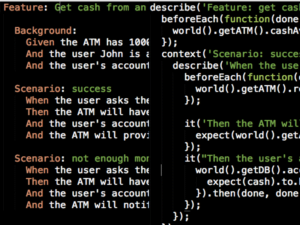
Cucumber is an open-source tool that supports behavior-driven development. It is a powerful tool for software development and testing. Cucumber supports the Gherkin language and is used to describe the behavior of the software being developed. Gherkin is a natural language that allows people to describe what they would like the software to do.
To use Cucumber, you will need to install the software, and then create a Gherkin story that is used to describe what you want the software to do. Cucumber allows people to create tests and storyboards that will be run by the software to help with development. Cucumber will then run the Gherkin story and make some decisions based on the outcome.
SpecFlow
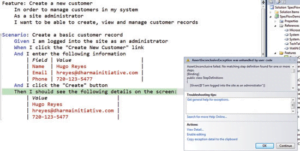
SpecFlow is a BDD tool that enables teams to write automated tests for their Gherkin scenarios. SpecFlow enables teams to write automated tests for their requirements while writing clear and concise features. With SpecFlow, teams can easily share the resulting examples and use automation to drive the development of the application.
SpecFlow enables teams to create a specification of their feature and automate the automation of the testing that ensures that the requirement is fulfilled.
With SpecFlow you can use C# and .NET to write your feature files and automation code and easily automate your BDD testing. SpecFlow has been designed to help you write your feature files and automation code in your favorite IDE using C# and .NET methods.
JBehave
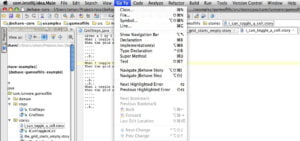
JBehave is a behavior-driven development framework for automated acceptance testing. It’s written in Java and is intended to provide an intuitive, accessible and extensible interface for automated testing. It uses a pluggable architecture and a flexible data-driven framework for testing business logic.
The framework is largely an alternative to running regression tests on your code. It is intended to work well with agile development, integrating acceptance, functional and unit tests into a single continuous integration process. In JBehave, you write stories, which are executable test scripts that you can use to exercise your software. Each story is a single test, which describes the behavior of the system under test and the conditions that trigger that behavior.
In BDD, JBehave uses the following concepts:
- Story
The JBehave story format provides for a means of expressing your business logic in a concise, structured manner that can be easily tested, mocked, and improved. Stories allow you to quickly create scenarios, test them, and then iterate on them. - Scenario
In JBehave, scenarios are the representations of the system execution in the form of sequences of messages exchanged between objects. A scenario is made up of a list of steps, each one representing the interaction of objects in the system. The steps in a scenario may also be represented as a state machine. Basically, a scenario is a partial view of the system, whereas a state machine is a complete view of the system. - Steps
Steps are a simple way to represent the execution of behavior. They are the classic BDD keywords given, when, then. The flow of steps is typically structured in a waterfall model, where the first step is always the entry point or the first step of the behavior, and subsequent steps are one level higher.
Lettuce
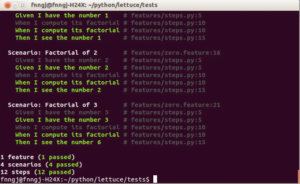
Lettuce is a BDD framework similar to Cucumber, but for Python. It has been designed with the sole goal of making it easy to understand test cases and automate them across 2050+ browsers. Lettuce is known for its simplicity, as it doesn’t require any external dependencies, and it is simple to get started.
Lettuce is made for Python, so it will work out-of-the-box on most Linux environments. It is also compatible with all the major Python libraries, including Django, Flask, Pyramid, and more. Lettuce is not just a framework, it’s also a testing tool. Lettuce comes with two different tools: the Lettuce executor and the Lettuce web server.
Conclusion
We hope you enjoyed our article about behavior-driven development. This approach not only bridges the gap between technical and non-technical team members but also ensures that the software meets the user’s expectations through clear, behavior-driven development testing practices. By focusing on the behavior of the application, it becomes easier to align development efforts with business goals, leading to more efficient and effective outcomes.
BDD tools like Cucumber, SpecFlow, or Behave to automate the scenarios as executable specifications. This not only verifies the behavior continuously but also acts as living documentation for your system, reducing misunderstandings and rework.Mykhailo PoliarushCEO, ZappleTech Inc.
We understand that building an application can be challenging, but behavior-driven development provides a structured method that simplifies the process and enhances collaboration among your team. Whether you’re new to this approach or refining your existing practices, the insights from behavior-driven development can significantly improve your software development workflow.
We hope you can apply what you’ve learned to your own projects, making your development process more streamlined and focused on delivering high-quality software that truly meets user needs. If you have any comments, questions, or concerns, please do not hesitate to reach out to us. Thank you for reading, and we would love to hear from you!
